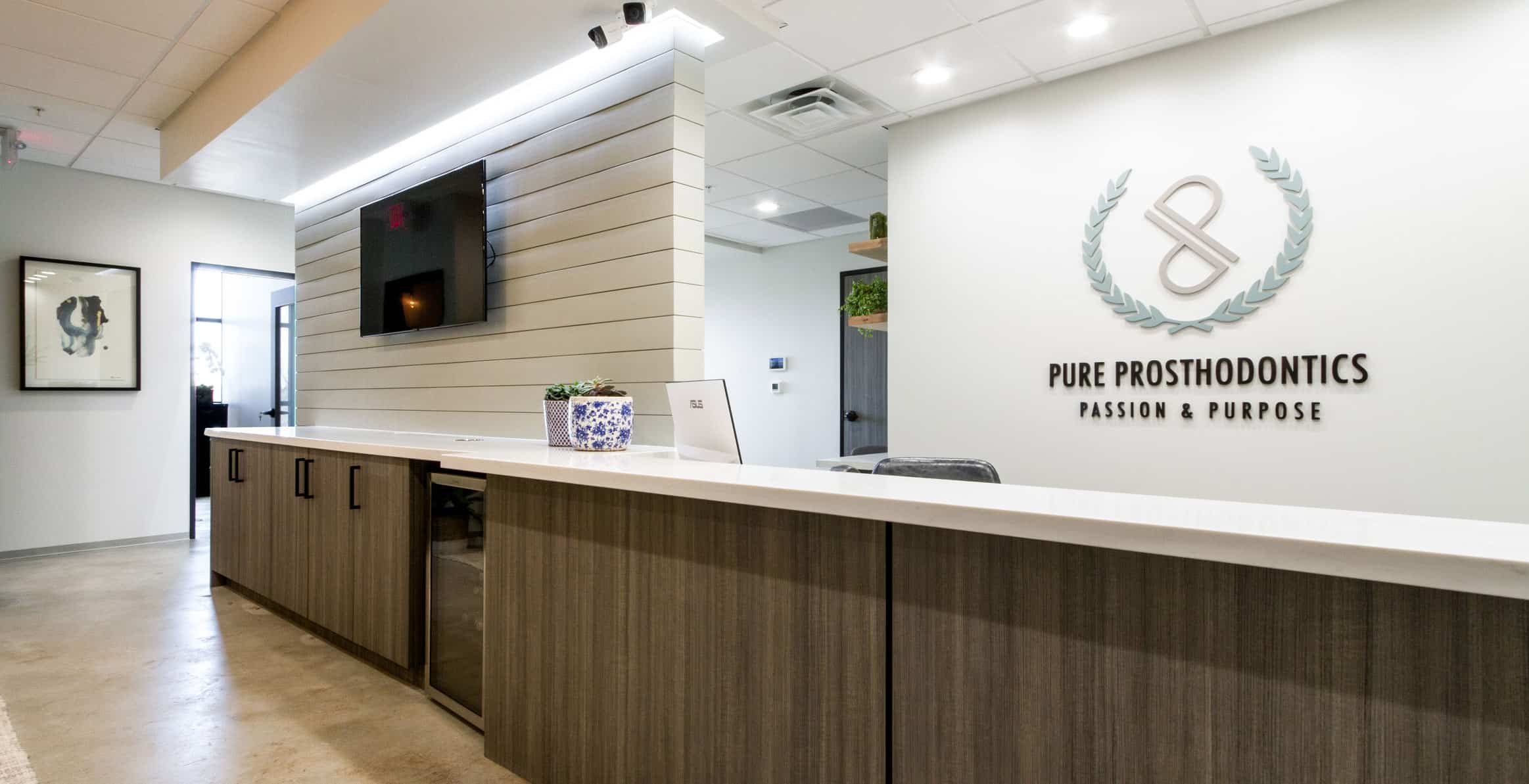Periodontal Disease Treatment
Periodontal disease occurs when the build-up of plaque bacteria irritate the gums and trigger an inflammatory and infectious response characterized by reddened tissue, swelling and bleeding. Bacteria erode gum and supporting bone causing gum recession, spaces between teeth and gums, loosening and shifting teeth, and eventually tooth loss.
Depending on the severity of the disease, Dr. Roger Arce will develop a treatment plan that will remove the infection, restore function such as the ability to chew comfortably and enhance the look of your smile. In some cases, a combination of common procedures will achieve the desired results for health, function and esthetics.
Periodontal Medicine
Your periodontal health can have an impact on your overall health and viceversa. This relationship is what is known as the perio-systemic link. Periodontal disease shares an association with a number of conditions including diabetes, cardiovascular disease, blood related conditions, and certain cancers and conditions affected by medications that the patient may be taking. Dr Arce will take into consideration your medical conditions that could pose a risk or progression for periodontal disease and worsening of your systemic health.
Non-Surgical Treatment/Scaling and Root Planing
Scaling and root planning, a deep cleaning below the gum line is often a first step to treating periodontal disease. Plaque and tartar (calculus) which is a buildup of disease-causing bacteria are removed from areas that brushing and flossing cannot reach, including the roots of the teeth. In case of mild periodontal disease (gingivitis) , undergoing scaling and root planning can be enough to clear any developing infection and to prevent further disease advancement.
Surgical Treatments
In cases of severe periodontal disease (periodontitis) scaling and root planning alone may not be sufficient for eliminating the infection. The following procedures are among the common surgical therapies for periodontitis:
- Pocket Depth Reduction: Gums should fit snugly around the teeth. Severe periodontal disease can destroy this tissue, forming pockets in the spaces between the gums and teeth. Bacteria can accumulate in these pockets and cause further pain, bone loss and mobility of teeth. During a pocket depth reduction, Dr. Arce will clear the pockets of infection and re-tighten the gum tissue to eliminate or reduce the pockets.
- Bone Grafting: Periodontal disease has destroyed the bone supporting your teeth, a regenerative procedure can reverse this damage. After removing the disease-causing bacteria a membrane, bone grafts and tissue-stimulating proteins or growth factors will encourage the body’s ability to regenerate healthy bone tissue.
- Root Coverage Procedures: Root coverage grafting is often used to treat gums that have receded to the point that the roots of a tooth are exposed. This procedure typically takes gum tissue from the roof of your mouth or can be artificial depending on the type of clinical case to cover the roots, develop gum tissue where needed, or to make implants look more natural. This treatment protects roots from decay and in some cases, it may reduce tooth sensitivity.
- Dental Implants: If periodontal disease has led to tooth loss or damage, a dental implant can be placed. A dental implant is an artificial tooth root that is inserted into your jaw bone to hold a replacement tooth or bridge. They are a long term solution that look, feel and function like just natural teeth. Dr. Trajtenberg only performs guided implant surgery, which means dental implants are placed in a safe, predictable and efficient way using computer-designed 3-D surgical devices.
Periodontal Maintenance
After undergoing any kind of periodontal treatment, follow-up visits with Dr. Arce are essential to prevent disease relapse. This supportive preventive therapy may include a cleaning prophylaxis as well as the use of antibiotics and antimicrobials.



